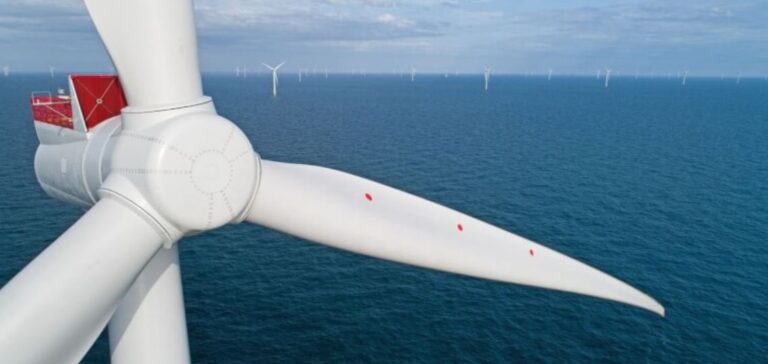The Hornsea 3 project, which is expected to be the world’s largest wind farm, is facinguncertainty about its realization. Developer Orsted recently said it needed additional support from the UK government to continue the project, including tax breaks, because of soaring costs.
A vital project for the production of renewable energy
The £8 billion (about $9.6 billion) wind farm is expected to generate nearly 3 gigawatts (GW), enough to power about 3.2 million homes. Hornsea 3 is seen as vital to Britain’s efforts to rapidly increase its renewable energy production and meet its climate targets. The project, which is scheduled to begin production in 2026, won a government contract at auction with a minimum price guarantee, known as a contract for difference (CfD), worth 37.35 pounds per megawatt-hour (MWh) at 2012 prices.
Rising costs and risks of suspension
Despite the Contract for Difference, costs have increased significantly since 2012. Today, the price of electricity is about 130 pounds/MWh, making the contract for difference significantly less advantageous for developers. As a result, Duncan Clark, head of Orsted UK & Ireland, has called on the government to provide targeted support to the renewable energy sector, such as tax relief on investment, in the upcoming spring budget on March 15. Clark also highlighted the increasing risk of project suspension or termination of the Contract for Difference.
Ambitious target for offshore wind production
Britain has an ambitious target of 50 GW of offshore wind capacity by 2030, up from around 14 GW currently. To achieve this goal, the construction of wind projects like Hornsea 3 is essential. Britain is also aiming for zero net emissions by 2050, which further reinforces the importance of renewable energy projects like this one.






















